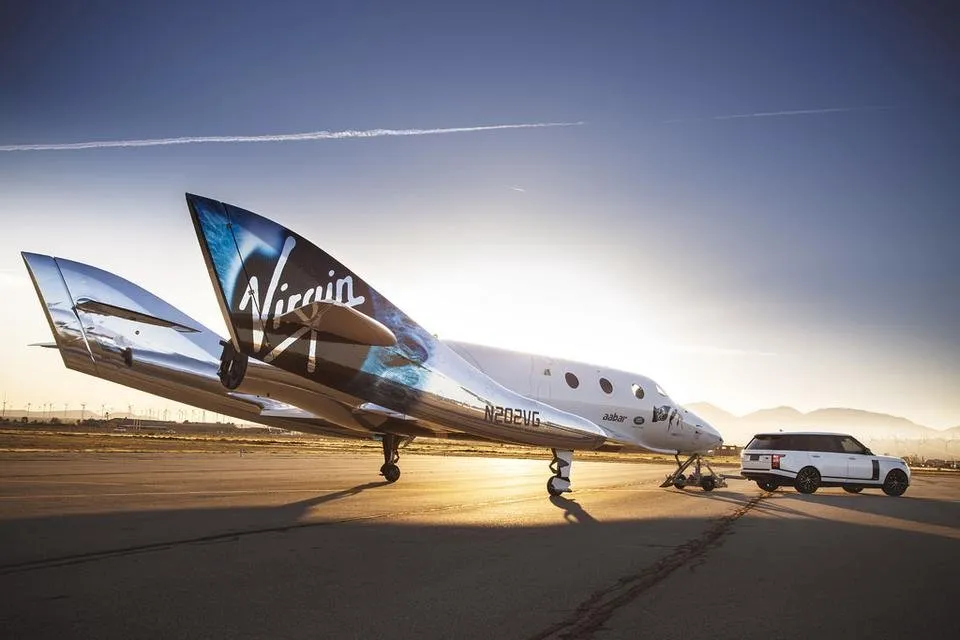
Space enthusiasts have been waiting eagerly for commercial space flights to become reality and anybody who has watched a science fiction movie knows how cool it is to have an outside view of the Earth or even witness space and its immensity first hand.
Astronauts in real life have said that it changes one's views towards life. Such is the power of a visit to space. I personally would love to take one during my lifetime too.
Several companies are on a race to make that dream possible for the common man. SpaceX, Blue Origin, Virgin Galactic are all private undertakings that are trying to at first make space tourism possible and then available to everyone.
Recently Virgin Galactic conducted a successful suborbital spaceflight test which brings us a step closer to the bigger dream.
A Step Closer To The Dream

Image Credits: Virgin Galactic
Virgin Galactic is a company founded in 2004 by the billionaire Richard Branson which aims to provide suborbital spaceflights to would be space tourists. Their plans of making that a reality have been delayed on a number of occasions since then.
But recently, on 13 December, their VSS Unity spaceplane, reached 82.7 km above Earth, officially making it a successful flight to space. The VSS Unity was taken to a height of 50,000 feet on board a bigger mothership called WhiteKnightTwo.
From there, it fired its hybrid engines for a minute, taking it to 82.7 km. In the future though, Virgin Galacctic plans to go even higher at an estimated 110 km which would classify as an orbital flight.
The company plans to charge a staggering $250,000 for a flight to suborbital space and seems quite a few are interested. In my opinion, this should be regarded as the beginning of this market and one day, as technology improves further and costs are brought down considerably, the common man will be able to afford a view from up there as well, just as we fly freely in commercial flights.